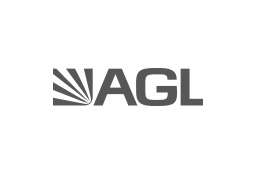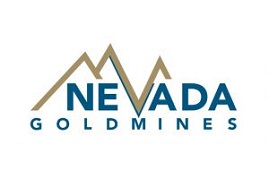RtDUET
What Is RtDUET?
- Increase Downtime Visibility
- Eliminate Bottlenecks
- Maximize Profits Through Increased Output
- Increase Asset Utilization
- Identify Root Causes of Events
From automated event and downtime tracking to calculating the efficiency of your equipment, RtDUET works with your AVEVA PI System to provide you with crucial metrics that allow you to make informed decisions.
Features
Automated and user-friendly recording and coding of downtime and slowdown events
- Advantage: Reduced effort by Operators and Engineers to record, manage, and report on events, downtime and KPIs.
- Benefit: Operators and Engineers spend less time on data management and more time analyzing the data and optimizing the process.
Track slowdowns and stoppages to the second and never miss a fault
- Advantage: Accurate and validated dataset to uncover hidden opportunities for process improvement.
- Benefit: Higher availability, higher throughput, and lower cost.
Multiple integrations to commonly used analytics and reporting applications
- Advantage: Leverage the reporting, database, and analytical systems you have already invested in.
- Benefit: Reduce reporting effort by having a single location for operational data.
Dedicated support, 12+ years of development, and over 260 site installs worldwide
- Advantage: Mature, stable, and feature-rich solution with industry relevant use cases.
- Benefit: Higher probability of software adoption, shorter ROI, and lower cost of ownership.
FAQ
To implement RtDUET, your plant must first have AVEVA PI/AF system and a PI System Access (PSA) server license.
The process usually takes about 3-5 weeks depending on meeting pre-requisites. One week to perform the design workshop, one week to configure the software, and one week to commission and train users.
You can gain a better understanding of your operations and identify root causes of lost capacity by implementing a downtime tracking system like RtDUET. Included in the white paper link below, we examine the methods of justifying the implementation of downtime tracking systems.
We may be a bit biased, but we think we have good reason to be. RtDUET has been continuously developed and supported for more than a decade by our dedicated team. Our product is mature and stable, and we offer yearly releases that include new features and functionality based directly on the suggestions and requests of our clients.
Not only is our product great but so are our people. From the initial inquiry to deployment and beyond, we’re here to ensure that you have a solution that works for YOU.
- Dedicating time and resources to plan and oversee software development diverts you from your core business objectives. Ready-made solutions provide immediate results, getting you on track to realizing your ROI right out of the gate; whereas in-house solutions could take years to just get up and running.
- Homegrown solutions often end up running late, costing more, all while having less functionality than a system that’s been fine-tuned by a dedicated team for over a decade.
- RtDUET has 13 years of maturity via feedback from various clients and their large user base, resulting in robust business logic and an intuitive design being built into RtDUET.
- RtDUET has a refined development process that provides one significant new release a year and patches on an as-needed basis. A yearly release would likely have many issues without a tightly managed development process and a dedicated QA department. RtTech has a solid defect tracking application to log defects and follow through from root cause to fix that is simply too hard to match in an in-house environment.
- RtTech gets pre-release versions of third-party vendors’ software such as OSI PI to adapt to their changes and avoid any potential issues with their new releases.
- Knowledge Retention – RtDUET has a team of cross-trained developers that remove the risk of knowledge loss when someone leaves. In a homegrown solution there generally are not enough resources to accommodate this.
- Industry Expertise – RtTech has a network of industry experts to consult with for new feature considerations. Building your own software means a narrow set of eyes that often are locked into a “this is how we have always done it” mindset.
































